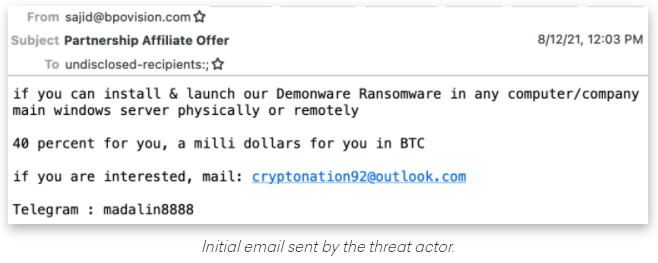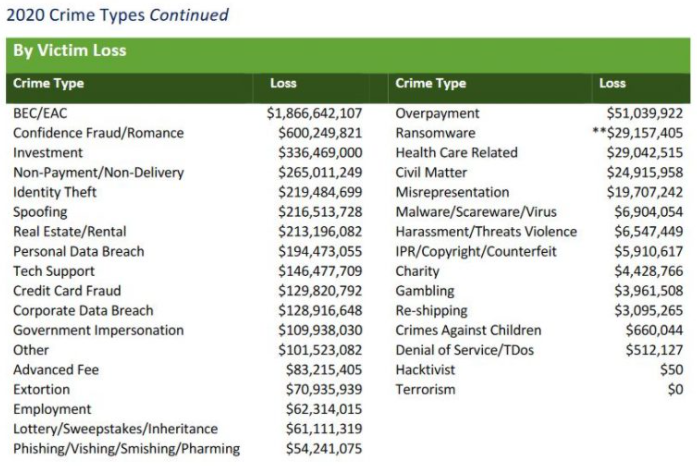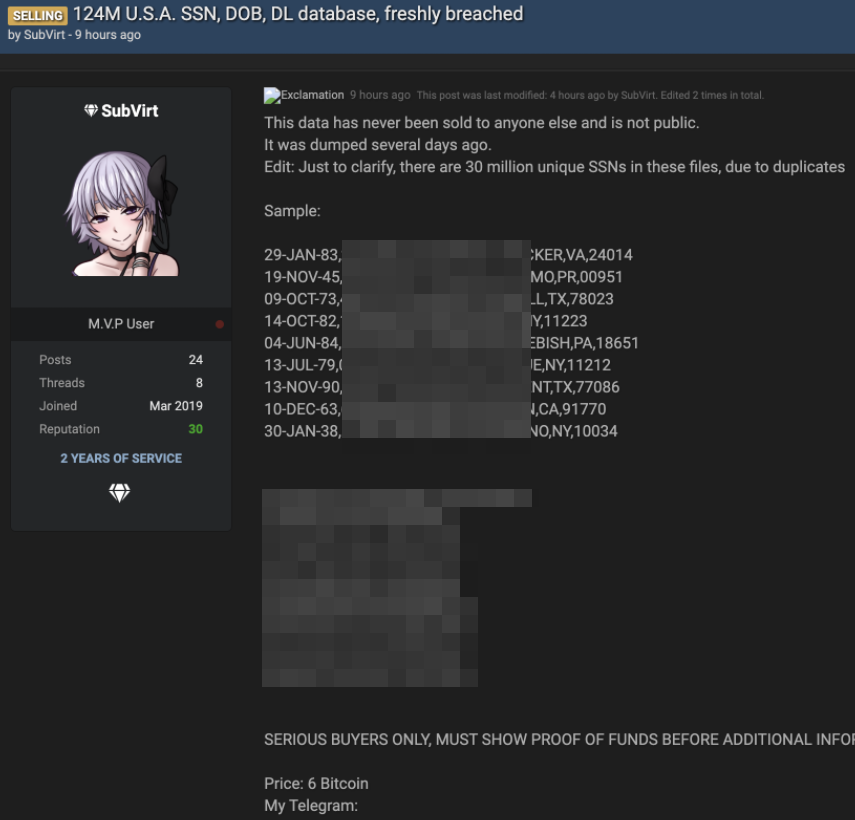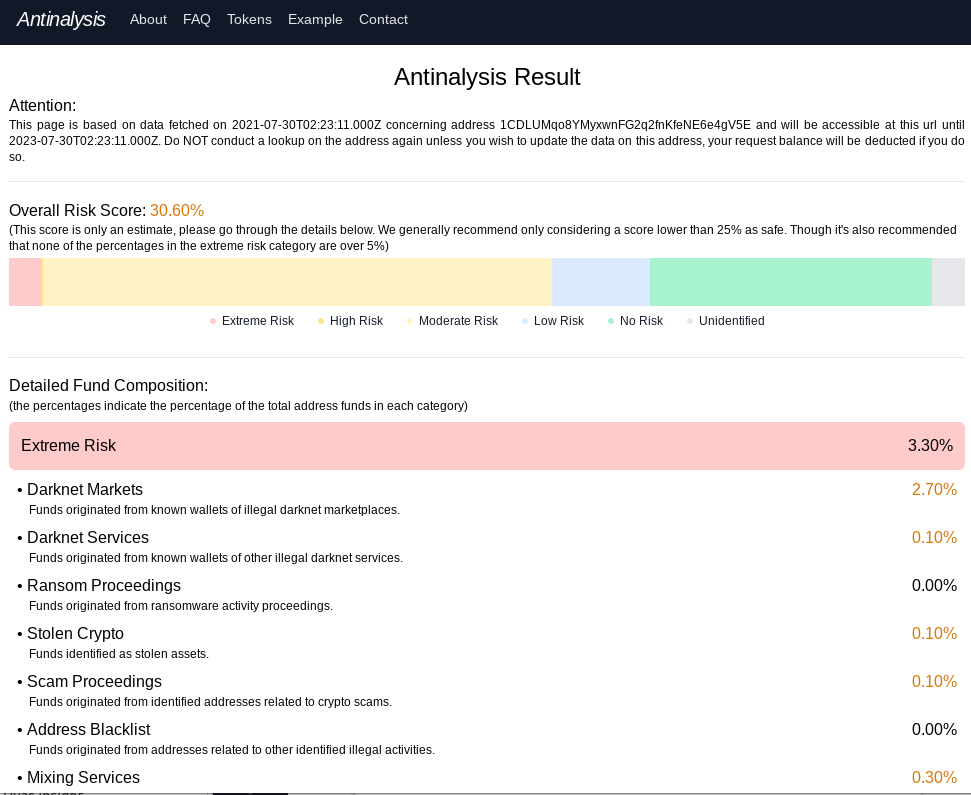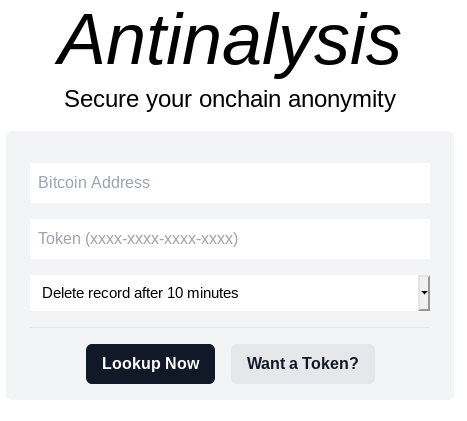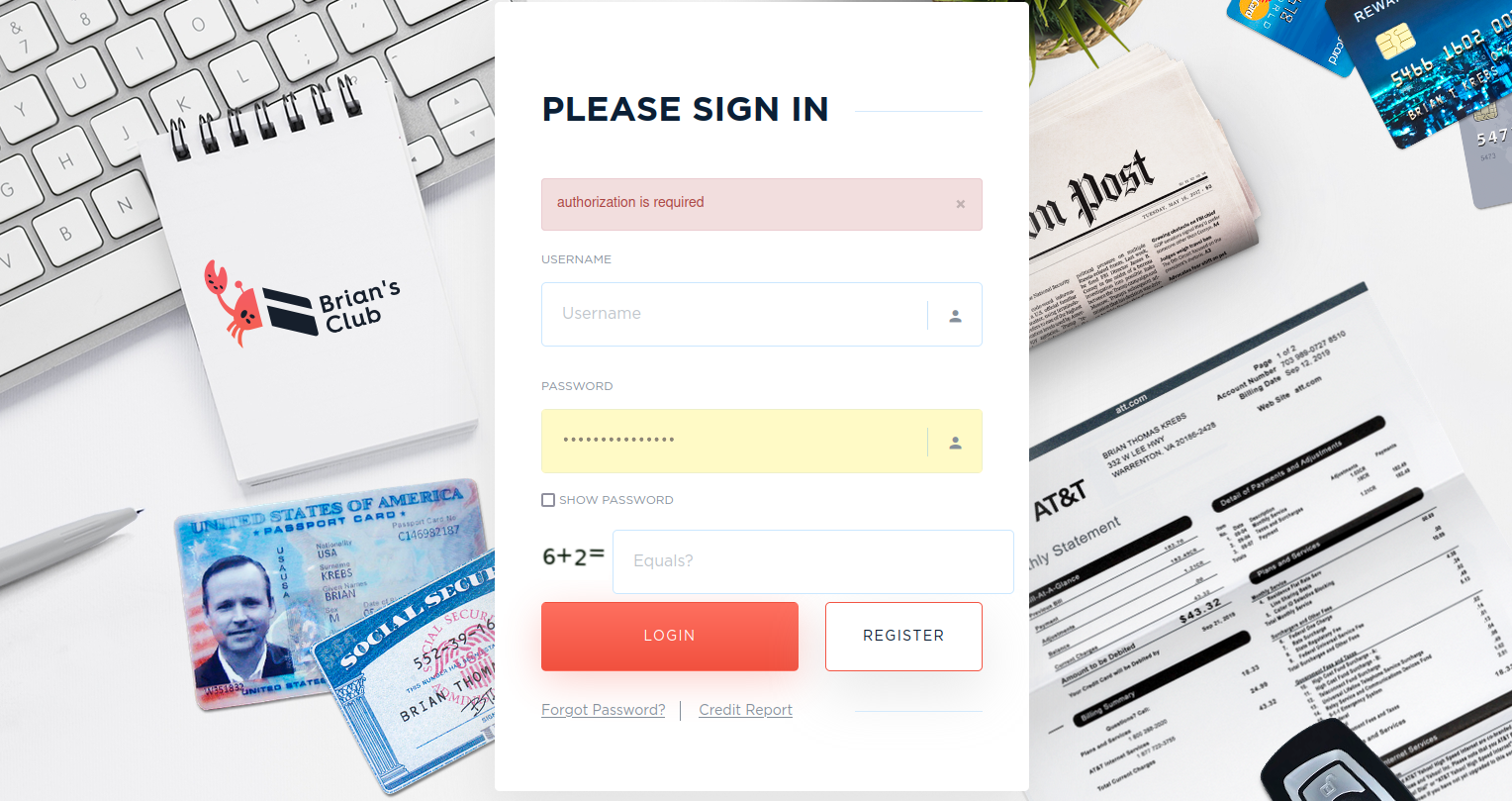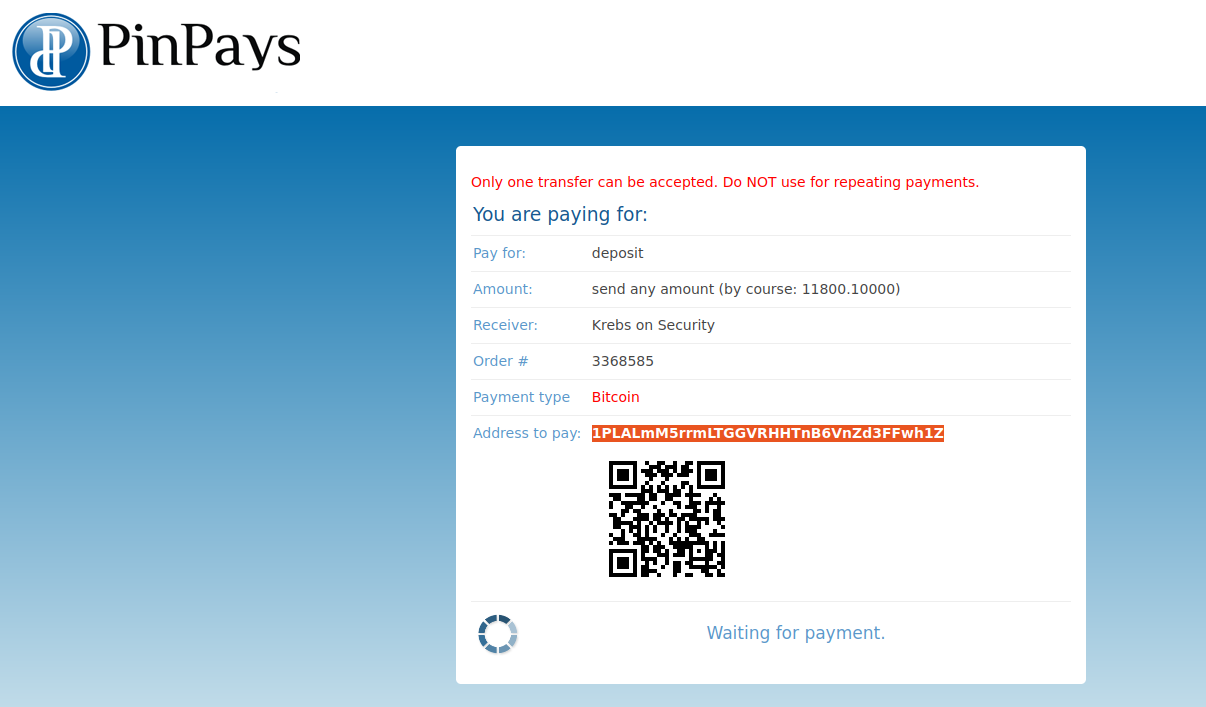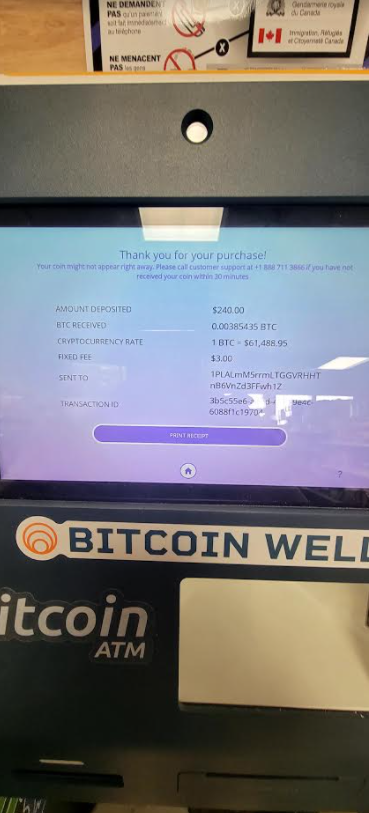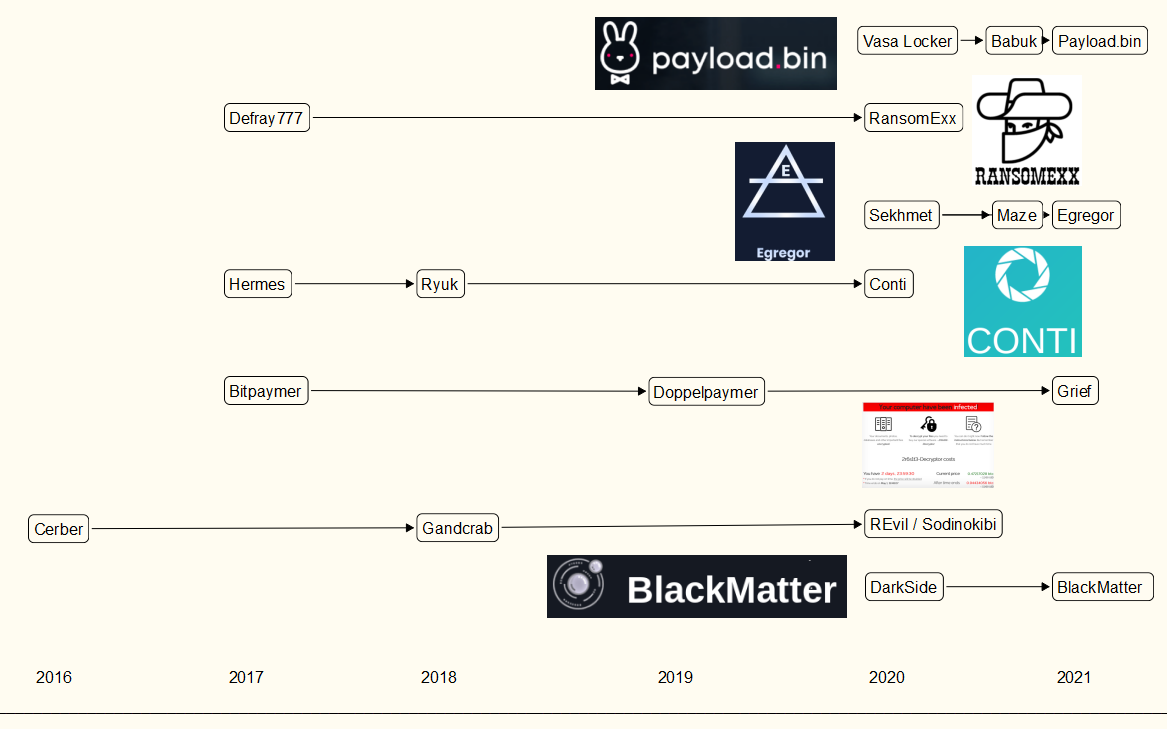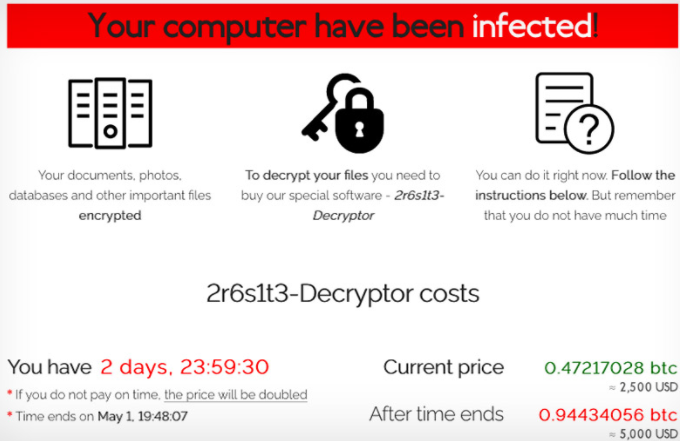In 2018, Andrew Schober was digitally mugged for approximately $1 million worth of bitcoin. After several years of working with investigators, Schober says he’s confident he has located two young men in the United Kingdom responsible for using a clever piece of digital clipboard-stealing malware to siphon his crypto holdings. Schober is now suing each of their parents in a civil case that seeks to extract what their children would not return voluntarily.

In a lawsuit filed in Colorado, Schober said the sudden disappearance of his funds in January 2018 prompted him to spend more than $10,000 hiring experts in the field of tracing cryptocurrency transactions. After months of sleuthing, his investigators identified the likely culprits: Two young men in Britain who were both minors at the time of the crime (both are currently studying computer science at U.K. universities).
A forensic investigation of Schober’s computer found he’d inadvertently downloaded malicious software after clicking a link posted on Reddit for a purported cryptocurrency wallet application called “Electrum Atom.” Investigators determined that the malware was bundled with the benign program, and was designed to lie in wait for users to copy a cryptocurrency address to their computer’s temporary clipboard.
When Schober went to move approximately 16.4 bitcoins from one account to another — by pasting the lengthy payment address he’d just copied — the malware replaced his bitcoin payment address with a different address controlled by the young men.
Schober’s lawsuit lays out how his investigators traced the stolen funds through cryptocurrency exchanges and on to the two youths in the United Kingdom. In addition, they found one of the defendants — just hours after Schober’s bitcoin was stolen — had posted a message to GitHub asking for help accessing the private key corresponding to the public key of the bitcoin address used by the clipboard-stealing malware.
Investigators found the other defendant had the malware code that was bundled with the Electrum Atom application in his Github code library.
Initially, Schober hoped that the parents of the thieving teens would listen to reason, and simply return the money. So he wrote a letter to the parents of both boys:
“It seems your son has been using malware to steal money from people online,” reads the opening paragraph of the letter Schober emailed to the families. “Losing that money has been financially and emotionally devastating. He might have thought he was playing a harmless joke, but it has had serious consequences for my life.”

A portion of the letter than Schober sent to two of the defendants in 2018, after investigators determined their sons were responsible for stealing nearly $1 million in cryptocurrency from Schober.
Met with continued silence from the parents for many months, Schober filed suit against the kids and their parents in a Colorado court. A copy of the May 2021 complaint is here (PDF).
Now they are responding. One of the defendants —Hazel D. Wells — just filed a motion with the court to represent herself and her son in lieu of hiring an attorney. In a filing on Aug. 9, Wells helpfully included the letter in the screenshot above, and volunteered that her son had been questioned by U.K. authorities in connection with the bitcoin theft.
Neither of the defendants’ families are disputing the basic claim that their kids stole from Mr. Schober. Rather, they’re asserting that time has run out on Schober’s legal ability to claim a cause of action against them. Continue reading




